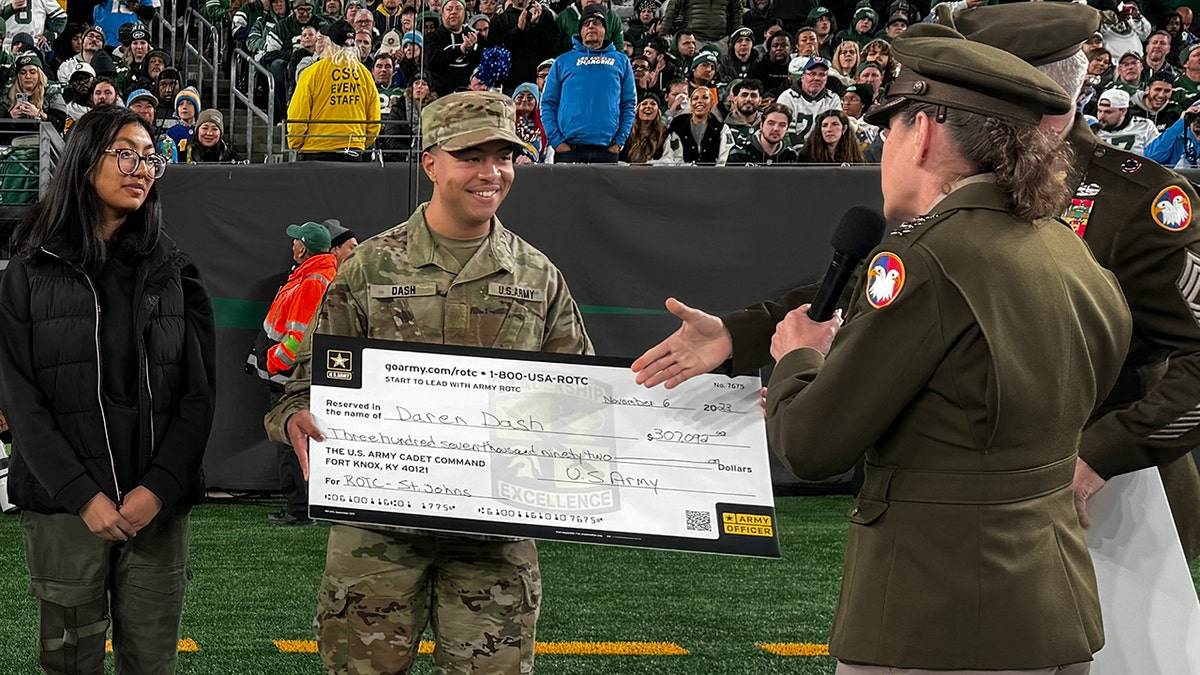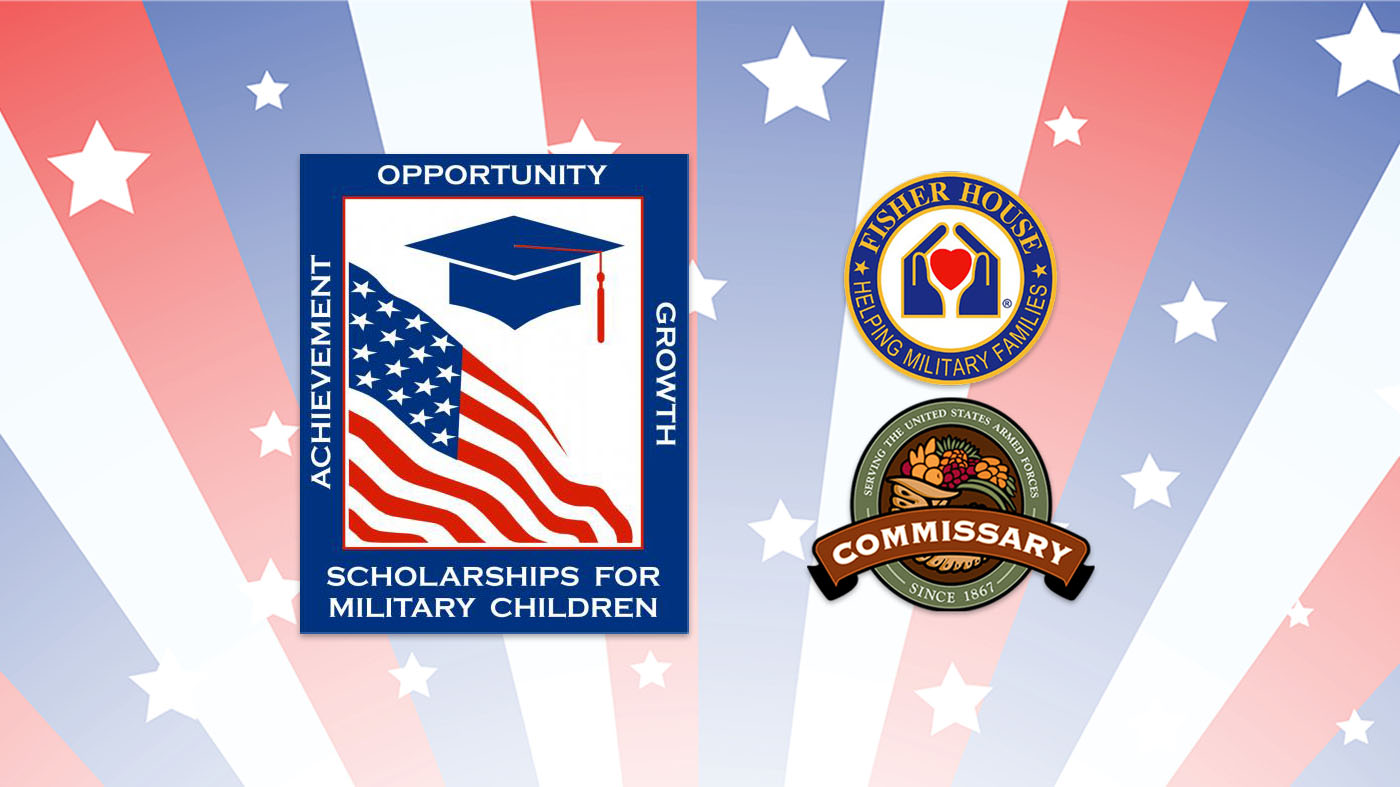The pursuit of higher education can be a transformative journey, but for military personnel, veterans, and their families, the financial burden can feel daunting. Military scholarships offer a powerful solution, providing funding to support college aspirations while honoring service to the nation. With over $274 million in scholarship funds distributed annually by programs like the Army ROTC, these opportunities empower students to achieve academic and leadership goals without the weight of debt. In 2025, the landscape of military scholarships, veteran benefits, and armed forces aid is more robust than ever, offering pathways to education for service members, their dependents, and veterans. This blog explores the scope of military scholarships, the role of ROTC funding, veteran benefits, and practical steps to secure these opportunities, drawing inspiration from strategic approaches like those in ListScholarship’s guide on influencer marketing trends to emphasize preparation and persistence in seizing these educational rewards.

1. The Scope of Military Scholarships in 2025
Military scholarships are a cornerstone of educational support for service members, veterans, and their families, offering financial aid to pursue college degrees. In 2025, programs like the Army ROTC award scholarships to over 13,000 students annually, distributing approximately $274 million to cover tuition, fees, and living expenses. These scholarships are merit-based, focusing on academic achievement, leadership potential, and physical fitness, rather than financial need. The Navy and Air Force ROTC programs also provide substantial funding, with the Navy offering full tuition and book stipends through a competitive national selection process. Beyond ROTC, organizations like the Veterans of Foreign Wars (VFW) provide 25 annual $3,000 scholarships for active or recently discharged service members. These opportunities, as highlighted in ListScholarship’s app marketing blog, reflect a strategic approach to maximizing impact, ensuring students can focus on their studies while preparing for leadership roles in the armed forces or civilian careers.
2. ROTC Funding: A Pathway to Leadership and Education
The Reserve Officers’ Training Corps (ROTC) is a flagship program for military scholarships, blending college education with leadership training. In 2025, Army ROTC offers two-, three-, and four-year scholarships covering tuition or room and board, plus $1,200 annually for books and a $420 monthly stipend for up to 10 months each year. Eligible applicants include high school students, college students, and active-duty enlisted soldiers, with requirements like a minimum 2.50 GPA and passing the Army Fitness Test. The Air Force ROTC provides similar support, covering tuition and lab fees, with a textbook allowance and up to $500 monthly for expenses. Navy ROTC scholarships, available at over 1,000 participating schools, include full tuition and educational fees for those pursuing officer commissions. As noted in ListScholarship’s trends guide, strategic preparation is key, and ROTC applicants must meet deadlines, such as March 4, 2026, for the 2025–2026 Army ROTC scholarship cycle, to compete for these prestigious awards.

3. Veteran Benefits: Supporting Education Beyond Service
Veteran benefits extend beyond active service, offering scholarships and grants to ease the financial burden of higher education. The Montgomery GI Bill Active Duty (MGIB-AD) provides financial support for veterans who served at least two years, covering tuition and training programs. The Army Women’s Foundation Legacy Scholarship supports women veterans and their descendants, offering grants for undergraduate and graduate studies. In 2025, programs like the Tillman Scholars initiative fund veterans, active service members, and their spouses pursuing degrees across various fields, emphasizing leadership and service. The Fund for Veterans Education targets post-9/11 veterans, covering tuition, books, and living expenses for those enrolled in college or vocational schools. These benefits, akin to the targeted strategies in ListScholarship’s app marketing blog, empower veterans to leverage their service into educational opportunities, fostering personal and professional growth.
4. Scholarships for Military Dependents
Military scholarships also extend to the families of service members, recognizing their sacrifices. The Air Force Aid Society’s General Henry H. Arnold Education Grant provides up to $4,000 annually for dependent children of active-duty, retired, or deceased Air Force members. The Navy-Marine Corps Relief Society’s Gold Star Scholarship supports children and spouses of fallen Navy or Marine Corps members, covering tuition and fees at top institutions. In Florida, the Scholarships for Children and Spouses of Deceased or Disabled Veterans (CSDDV) fund tuition at eligible postsecondary institutions for dependents of veterans who died or were disabled in service. These programs, as strategic as the influencer campaigns in ListScholarship’s trends guide, ensure that military families can access education, with over 42 scholarships offered annually in states like Georgia for dependents pursuing officer commissions.
5. How to Apply for Military Scholarships
Applying for military scholarships requires careful planning and adherence to specific criteria. For ROTC scholarships, high school students must create a My GoArmy account and apply by March 4, 2026, for the 2025–2026 cycle, submitting transcripts, SAT/ACT scores, and proof of physical fitness. Contacting the Recruiting Operations Officer at a participating school is essential, as they guide applicants through the process. Other scholarships, like the VFW Military Scholarships, require proof of service via a DD-214 or a letter from a commander, along with essays demonstrating leadership or service commitment. The Tillman Scholars program evaluates applicants based on their potential for impact, requiring a detailed application through a dynamic assessment process. As ListScholarship’s app marketing blog suggests, a strategic approach—starting early, tailoring essays to program goals, and verifying eligibility—maximizes success in these competitive applications.

6. Challenges in Securing Military Scholarships
The competition for military scholarships is fierce, with 12,000 high school seniors vying for just 2,000 Army ROTC scholarships annually. Applicants must meet stringent academic, physical, and leadership standards, such as a minimum 2.50 GPA and passing a Department of Defense medical exam. Deadlines are critical—missing the October 13, 2025, document submission for the first Army ROTC board can derail an application. Financial documentation or proof of service, like a DD-214, can be challenging to obtain, especially for dependents of deceased veterans. As with the strategic planning emphasized in ListScholarship’s trends guide, applicants should connect with mentors, such as ROTC officers or veteran organizations, to navigate these hurdles and strengthen their applications.
7. The Role of Armed Forces Aid in Education
Armed forces aid extends beyond scholarships, offering programs like Tuition Assistance (TA) for active-duty members pursuing degrees during service. The Green to Gold program allows enlisted soldiers to earn a bachelor’s or master’s degree while transitioning to officer roles, with full funding for up to two years. The Air Force’s Enlisted-to-Officer Path similarly supports airmen seeking commissions. These programs, combined with scholarships, create a robust ecosystem of support, enabling service members to balance education and duty. In 2025, the integration of such aid with civilian career paths, as seen in the strategic networking approaches in ListScholarship’s trends guide, ensures that military personnel and their families can pursue education without sacrificing financial stability or career goals.

8. The Future of Military Scholarships in 2025
The future of military scholarships in 2025 is bright, with expanding opportunities for service members, veterans, and dependents. Emerging programs, like potential Space Force scholarships under Air Force ROTC, reflect the evolving needs of the armed forces. The focus on leadership and STEM fields aligns with national priorities, offering funding for high-demand disciplines like nursing and engineering. Virtual application processes and AI-driven platforms are streamlining access, making it easier to apply. By adopting a strategic approach, as emphasized in ListScholarship’s app marketing blog, applicants can seize these opportunities, transforming their service into educational and professional success while honoring their commitment to the nation.


.jpg)










